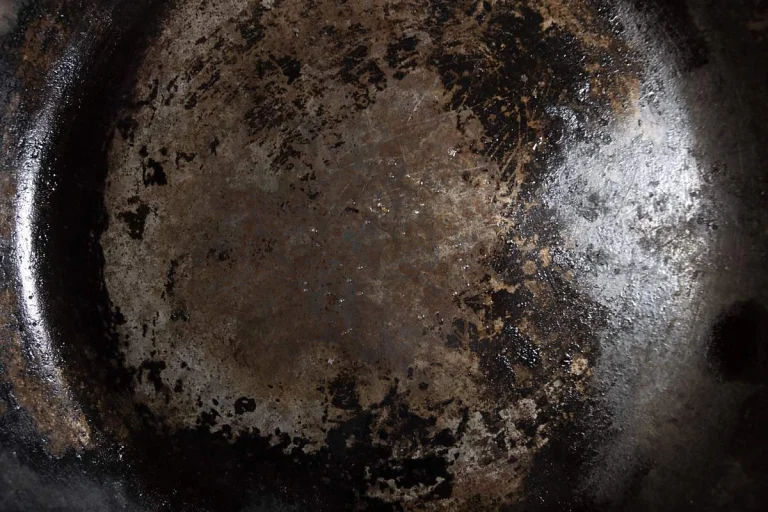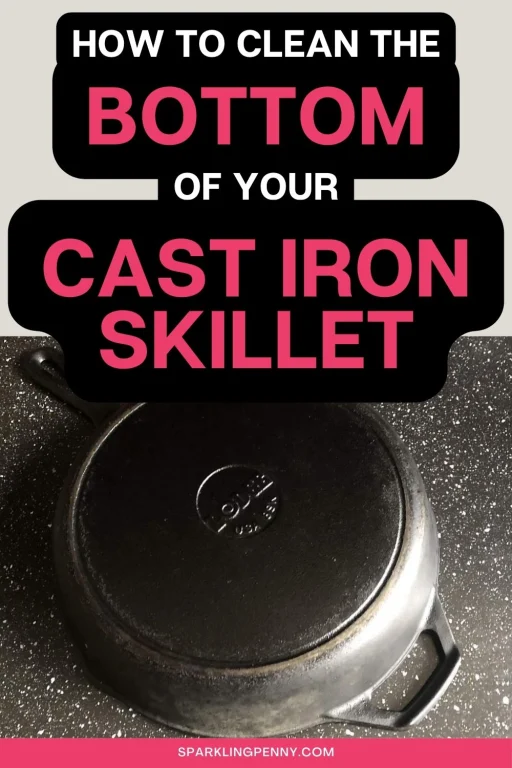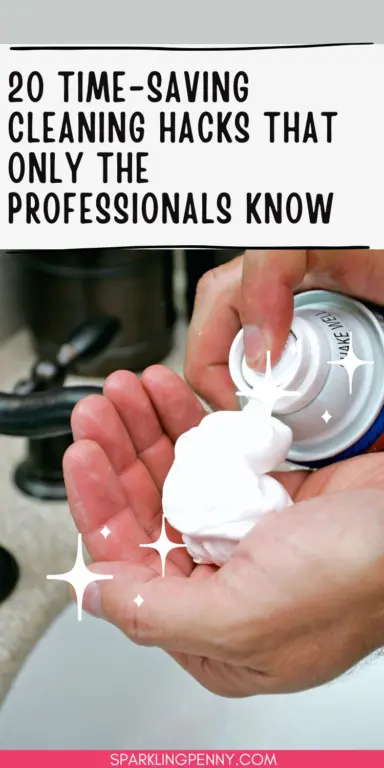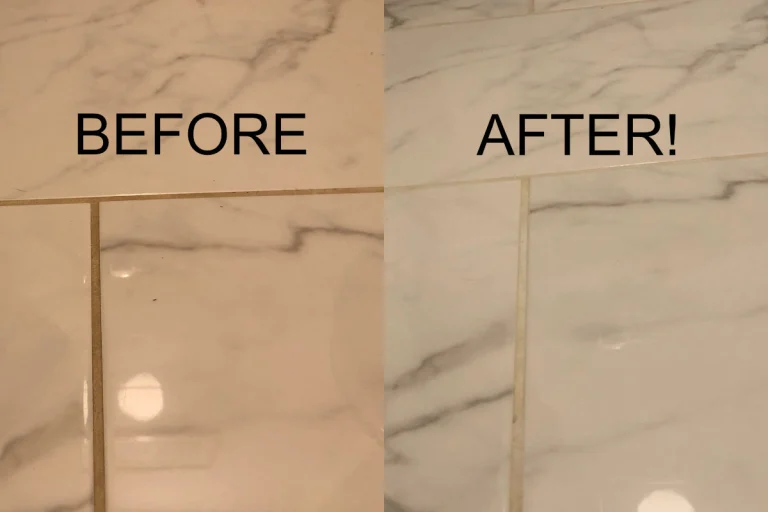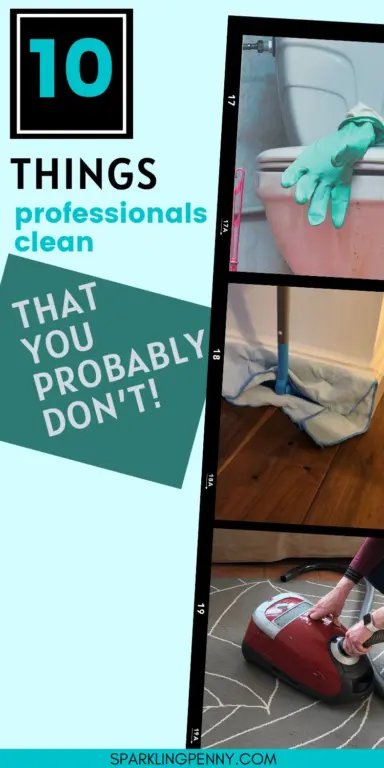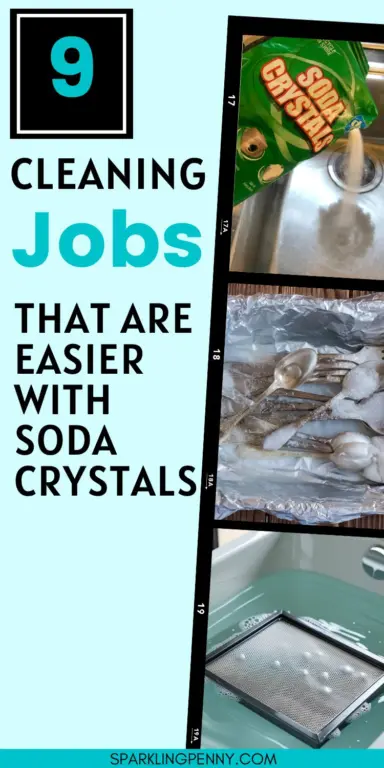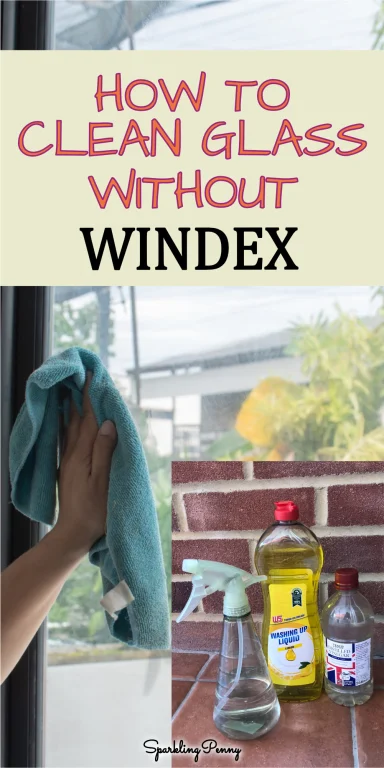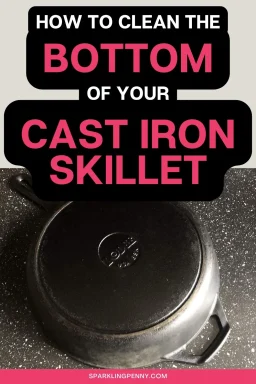I love my cast iron skillet. It gets used pretty much every day. I know that if I look after it, I can expect it to last for at least my lifetime and probably many more generations too.
If you aren’t used to cooking with a cast iron pan, it can seem as if the pan is a bit dirty. You don’t get that gleaming sparkly effect that you do with stainless steel or copper cookware. Plus, if you don’t maintain the seasoning of the cast iron, it can even get a bit rusty. There is no such danger with stainless steel of course.
Heads up: I sometimes use affiliate links. When you click these links and make a purchase, I may get a small commission. It won't cost you anything but it helps me to run this site.
The bottom of a cast iron pan or skillet should be black. What makes the surface black is the seasoning.
Seasoning is actually black carbon which is created from baked-on oils. It’s what gives your pan its non-stick quality.
You can create a black layer by rubbing in some cooking oil and then baking it on very high heat in your oven. This is known as ‘seasoning’.
So, if the bottom of your pan is just black with no crustiness there is no need to do anything to it.
Below is a picture of the bottom of my skillet. As you can see it’s black but doesn’t have a build-up of residue, so it doesn’t need attention. A good sign is if you can read the make of the pan.
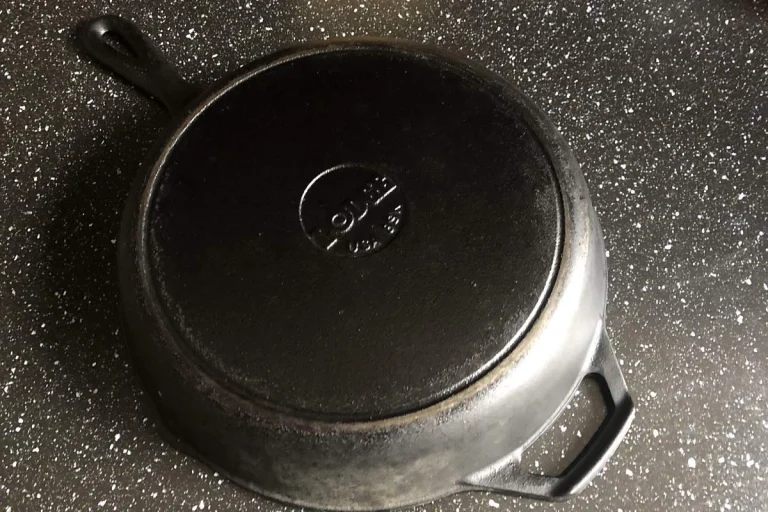
If your skillet looks like the above then there is no need to clean it. You will make more work for yourself if you do because you will have to season it again if you remove the black coating.
But what if your cast iron skillet has a thick and crusty black layer all over it?
If the bottom of your skillet has flakes of crusty carbon on it, then you can clean this off easily without damaging the pan. There is no need to throw away your cast iron skillet. After cleaning, you would need to re-season it, and it will be ready to use for many more years to come.
Here’s how to remove the black carbon build-up on a cast iron skillet:
- Put your skillet in your sink and pour over some boiling water to help loosen dirt.
- Scrub the base of the skillet with a scourer or something more abrasive such as wire wool. You can also use coarse salt mixed with oil or baking soda for extra abrasion.
- Rinse and allow to thoroughly dry.
Next, you will need to re-season the pan to maintain its non-stick quality. Here’s how:
- Liberally apply cooking oil to every part of the pan including the outside and the handle.
- Rub in the oil making sure it penetrates deep into the pan surface.
- Wipe off the excess.
- Bake on high heat in your oven at 435f or 225c for one hour.
If the whole skillet is crusty, or rusty (not just the base) it is time to strip your cast-iron skillet.
Related reading:
How To Clean The Bottom Of A Le Creuset Pan
How to clean the bottom of a cast iron skillet with coarse salt
Using coarse salt to clean the bottom of your pan is a cheap and natural way to get it clean.
Here’s how to clean your skillet with salt:
- Mix up some coarse salt with equal parts of cooking oil such as flaxseed, canola, sunflower or vegetable oil.
- Use a scourer to work in the salt and oil mixture until the residue is removed.
- Rinse and dry.
- Re-season if necessary.
How to clean the bottom of a cast iron skillet with lemons
I love cleaning with lemons. They are very effective cleaners and degreasers and have a natural antibacterial quality. Plus, they smell great too.
You can also clean pans with lemons. However, you do need to be careful when using lemons to clean cast iron because they have a high acidic content which means they could cause pitting of the surface. I don’t advise leaving a lemon solution to sit on the surface. Remove it as soon as you can.
If you use lemon to clean your pan you will likely need to re-season it. But don’t worry because re-seasoning isn’t hard.
Here’s how to clean the bottom of your cast iron skillet with lemons:
- Warm the pan. The heat will help to dislodge debris.
- Sprinkle over some coarse salt.
- Take one half of a lemon and use it to scrub the surface of the pan.
- Rinse.
- Re-season the pan if necessary.
How to clean a cast iron skillet with vinegar and baking soda
Like lemons, vinegar is a natural cleaner with antibacterial qualities. Of course, it doesn’t smell as good as vinegar, but fortunately, the smell quickly dissipates.
When you combine vinegar (or lemon juice) with baking soda you get a chemical reaction. The fizzing that is produced when the two are mixed can help remove grease and burnt-on food.
- Warm the pan. The heat will help to dislodge debris.
- Sprinkle over generous amounts of baking soda on the bottom of the pan.
- Spray on some vinegar.
- The surface of the pan will start to fizz.
- Let it sit for a while.
- Scrub with a scourer until the black soot is removed.
If the bottom of the pan no longer has a black layer on it, you will need to re-season it. Seasoning will prevent burnt food from sticking to it.
Related reading:
- How Long Does A Cast-Iron Skillet Last?
- How To Clean A Chrome Toaster
- How Do I Make My Oven Racks Shiny Again?
- How to Clean Oven Glass With Vinegar and Baking Soda
How to remove the build up on the outside of a cast iron skillet
If you have an old crusty cast iron skillet, how do you clean it? The good news is that as long as it isn’t damaged in other ways such as cracks, holes or an uneven base it is possible to bring it back to its former glory, and you will be able to use it for many more years to come.
If your skillet has rust it can be cleaned off by buffing with sandpaper or wire wool.
For heavily rusted iron I recommend electrolysis. Electrolysis might sound complicated but if you have a spare car battery and some jump leads, you can do it easily.
If your skillet has a lot of blackened residue, here is what to do to remove it:
- Warm the pan.
- Scrub the outside with wire wool, coarse salt or baking soda.
- Rinse.
- Re-season.

